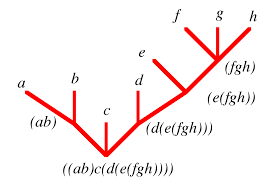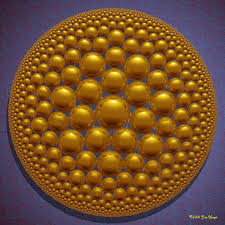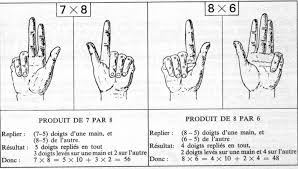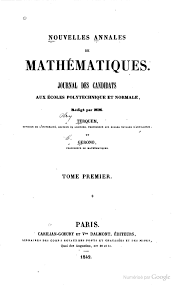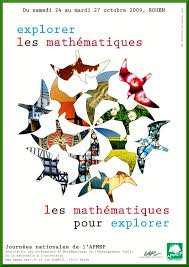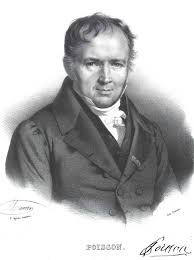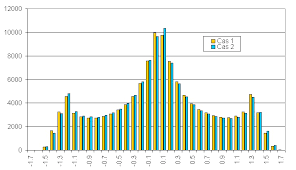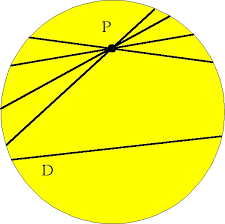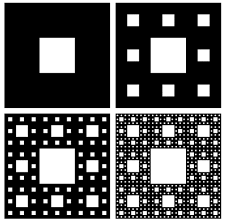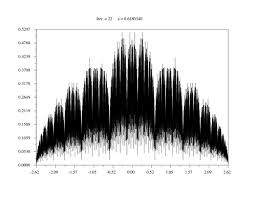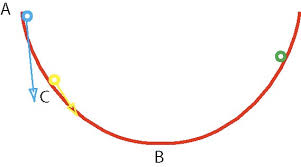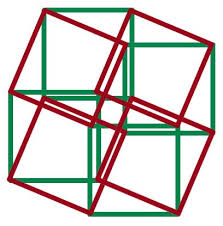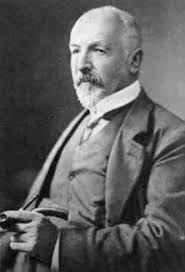20/11/2010
A KAHUN MATHEMATICAL FRAGMENT

A KAHUN MATHEMATICAL FRAGMENTJohn A.R. Legon[Based on the author's article in Discussions in Egyptology 24 (1992), p.21-24] |
|
The significance of the numbers written in hieratic in column 12 of the fragment (see fig. 1) was in fact first recognised by Moritz Cantor [4], who noticed that |
  |
|
To explain why only ten terms in the series were actually recorded, when there was enough space on the papyrus for the scribe to write down several more terms if he had wanted to, Gillings wrote: "we may surmise that he was checking his progression totals, and when he reached 100, he thought he had finished at 110. Or he may just have got tired of the interminable subtractions" [5]. In support of his theory, Gillings believed that the working in the adjacent column 11 of the text was a check multiplication for the thirteenth term of the series, and a stumbling block to the view that the series was intended to contain only ten terms. But in fact, the working is exactly of the form that we should expect for the Egyptian method of computing an arithmetical progression, when ten terms are required. This is proven by the other surviving example of a calculation of this type, in problem 64 in the Rhind Papyrus [6]. Since Cantor also failed to explain the significance of column 11, however, it is now necessary to describe how the calculation was carried out. Given a quantity of 100 which has to be divided into ten shares in arithmetical progression, these shares will have nine differences between them, and the interval between the smallest and largest of the shares will equal nine times the common difference. The largest share can be found by adding half the total interval to the average share. This calculation was performed by the scribe by multiplying half the common difference by the number of differences; and hence in column 11 of Kahun IV.3, for the common difference of "3 '6, the scribe multiplies '3 '12 by 9 with a result of 3 "3 '12. This is added to the average share which is simply 100/10 equals 10; and hence as shown at the top of column 12, the largest share will be Now to explain why the common difference of "3 '6 was selected, it will be noted that the smallest share is about equal to half the largest share; and it seems very likely that an approximation to this simple relationship was the scribe's objective. The problem was thus to distribute a quantity of 100 into 10 shares in arithmetical progression, such that the smallest share should be equal to half the largest share. The scribe seems to have realized that the smallest and largest shares then had to represent one-third and two-thirds of their sum, which should amount to twice the average share, or just 20; and that the correct values for these shares was therefore 6 "3 and 13 '3. But in this case, the common difference between the shares had to equal one-ninth of 6 "3 or "3 '18 '54, which was an awkward quantity to deal with. The calculation was made easier by rounding up the common difference to "3 '6, with slight error so far as any practical distribution was concerned. In problem 64 of the Rhind Papyrus, by way of comparison, it was required to divide 10 hekat of barley between ten men with a common difference equal to the Horus-eye fraction of '8 hekat. The largest share which resulted thus arbitrarily amounted to more than three times the smallest share. Problem 40 in the Rhind Papyrus deals with the distribution of loaves in arithmetical progression such that the two smallest shares amount to 1/7 of the three largest shares - a requirement which was apparently devised to make use of the chance property of a previously constructed progression. The Kahun fragment provides the only existing example where a distribution of shares in arithmetical progression appears to have been determined by a specific relationship between the smallest and largest shares. |
|
[1]. F.Ll. Griffith, Hieratic Papyri from Kahun and Gurob, 2 vols. (London, 1897). Vol.1, 16; vol.2, pl.VIII. [2]. H. Schack-Schackenburg, ZÄS 37 (1899), 78-9; ZÄS 38 (1900), 138-9. [3]. R.J. Gillings, Mathematics in the Time of the Pharaohs, (Cambridge, Mass., 1972), 176-180. [4]. M. Cantor, 'Die mathematischen Papyrusfragmente von Kahun',Orientalistische Litteratur-Zeitung vol.1 no.10 (1898), 306-8. [5]. Gillings op.cit., 80. [6]. T.E. Peet, The Rhind Mathematical Papyrus (Liverpool, 1923), 107-8. See also G. Robins and C.C.D. Shute, The Rhind Mathematical Papyrus (London, 1987), 42-3.
|
09:46 Publié dans A KAHUN MATHEMATICAL FRAGMENT | Lien permanent | Commentaires (0) |  |
|  del.icio.us |
del.icio.us |  |
|  Digg |
Digg | ![]() Facebook
Facebook











